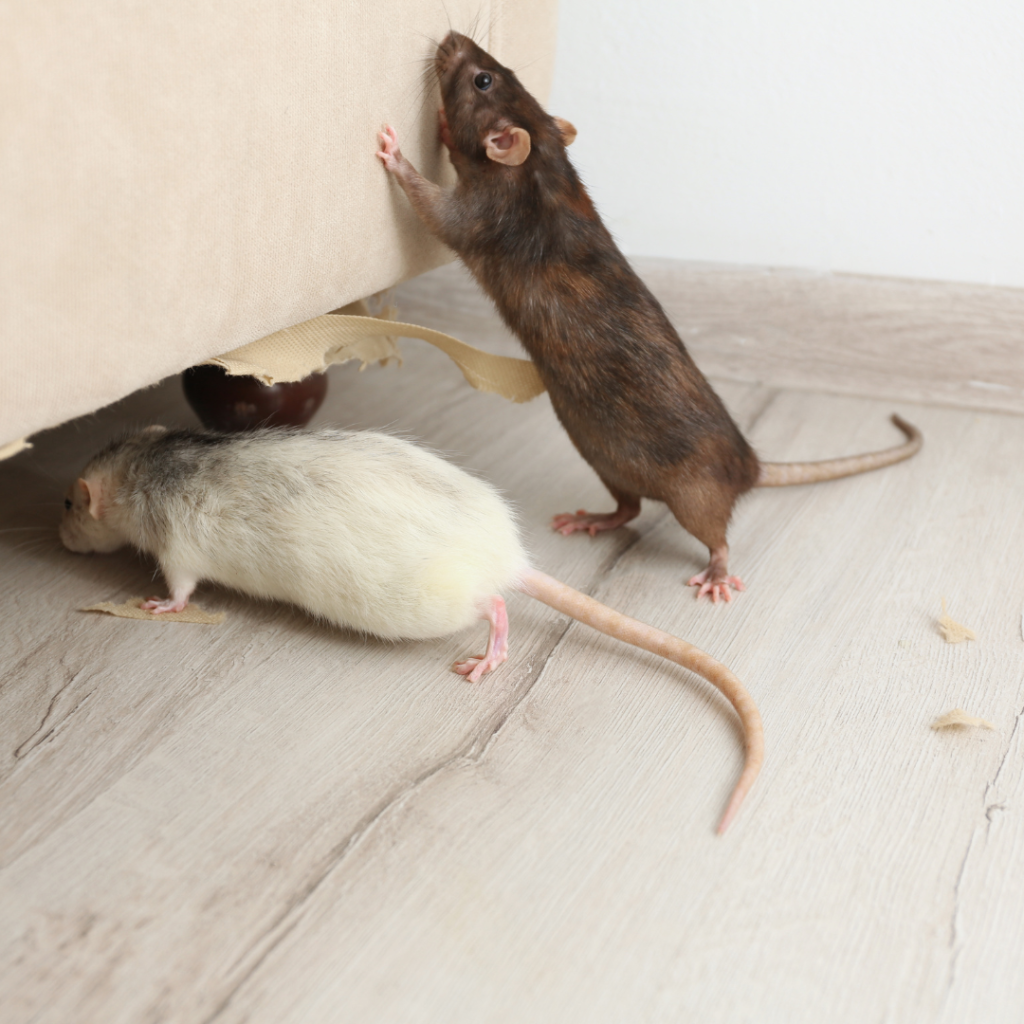As seasons shift, so do the challenges posed by pests invading homes and businesses. Understanding these patterns helps homeowners prepare effectively, minimizing disruptions caused by unwelcome critters.
Let’s explore what each season brings and how adapting strategies can keep properties pest-free.
Spring
Spring’s warmth and rain create ideal conditions for pests emerging from their peaceful winter slumber. Ant colonies, in particular, become hyperactive, hungry and foraging for food to sustain their growing populations. Moisture from seasonal showers also attracts termites, which swarm to establish new colonies. Meanwhile, stinging insects like wasps and hornets start rebuilding nests in eaves or attics.
Basically, spring’s burst of life demands constant vigilance. This is the best time to invest in professional pest control, specifically an annual inspection. Early detections can prevent larger infestations from developing, especially when it comes to termites, which can do untold damage to your structure.
Summer
Hot, humid summers create a paradise for pests thriving in stagnant water and abundant food. Mosquito populations will explode near standing water, while flies will breed fast in untidy places or where there’s trash. Bed bugs, often transported via luggage or secondhand furniture, become more active as travel peaks.
Against these resilient pest species, keeping your home immaculate isn’t enough. You need help from professionals. You can only get rid of bed bugs using targeted heat treatments and other solutions.
Because of the warmer weather, pests breed faster during the summer. You need to act fast if you want to contain their populations.
Fall
Cooler temperatures drive pests indoors, seeking shelter. Mice and rats squeeze through gaps as small as a dime, nesting in walls or attics. Spiders follow prey insects inside, while cockroaches exploit cracks in foundations. Sealing entry points with weatherstripping or steel wool becomes critical during this time of the year, as will decluttering storage areas to remove hiding spots around your home.
Your goal is to make your home inhospitable to pests during this time of the year. The cleaner and less moisture around your property, the less likely pests will call it home.
Winter
Winter’s cold slows pest activity but doesn’t eliminate it. Many species enter diapause, a hibernation-like state, hiding in attics, basements, or wall voids. Maintaining a clean, dry environment discourages overwintering guests. Regularly vacuuming corners and sealing pantry items in glass jars reduces food sources.
Though cold weather offers temporary relief, neglecting preventive measures allows pests to rebound aggressively come spring.
Staying Ahead of Nature’s Curve
While seasonal trends dictate pest behavior, consistent habits form the backbone of effective prevention. Simple practices like promptly repairing torn window screens, storing firewood away from structures, and keeping lawns trimmed disrupt pest habitats.
It’s also impossible to overstate the importance of professional partnerships concerning pest control. Their technicians identify risk factors unique to each property, such as landscaping choices or architectural vulnerabilities.
By aligning prevention efforts with nature’s calendar and working closely with pest control companies, households can enjoy peace of mind, knowing they’re prepared for whatever each season brings.





